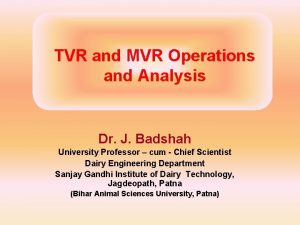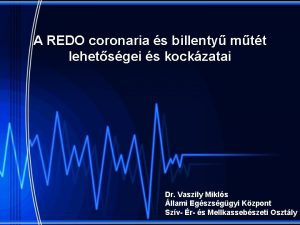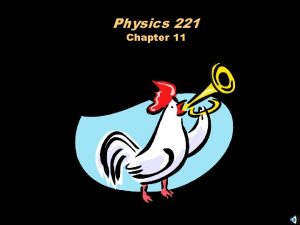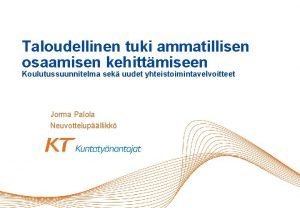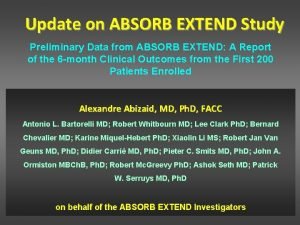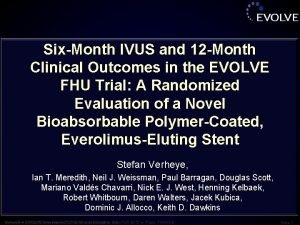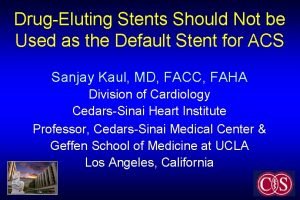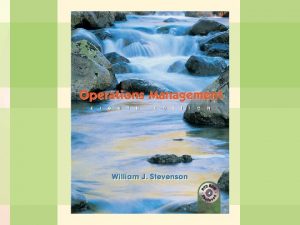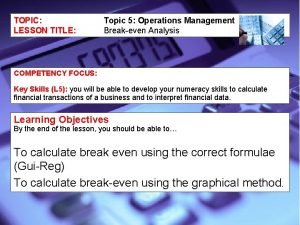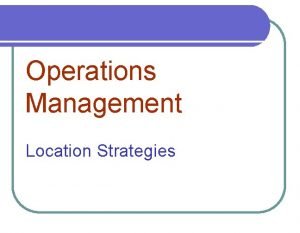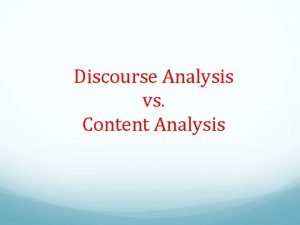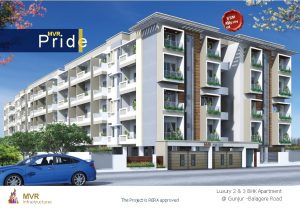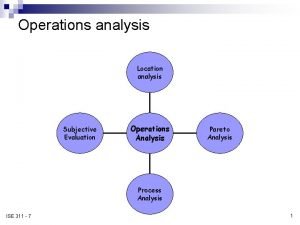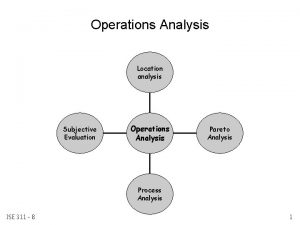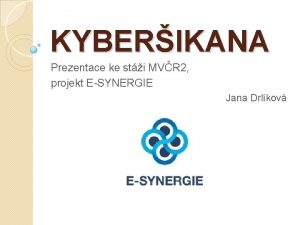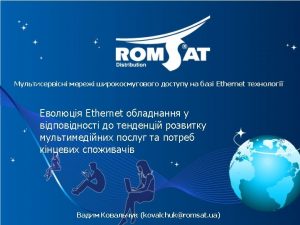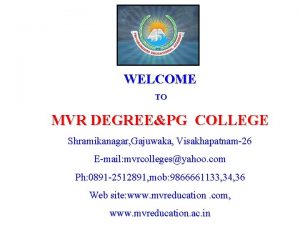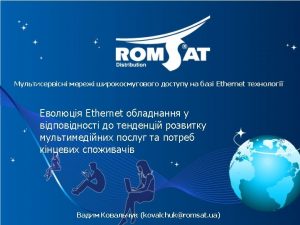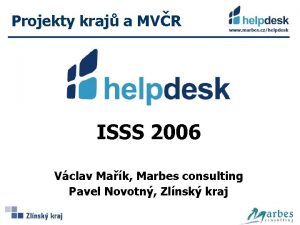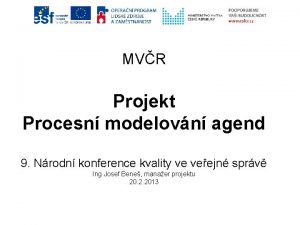TVR and MVR Operations and Analysis Dr J













- Slides: 13

TVR and MVR Operations and Analysis Dr. J. Badshah University Professor – cum - Chief Scientist Dairy Engineering Department Sanjay Gandhi Institute of Dairy Technology, Jagdeopath, Patna (Bihar Animal Sciences University, Patna)

TVR Ø In thermo compressor, the kinetic energy of a jet of steam is used to compress the vapour. It consists of a steam nozzle, suction chamber with inlet for sucking in the vapour, mixing chamber and recompression chamber. Ø The live steam at pressure P 1(state-1) is almost isentropically expanded in the nozzle to suction pressure P 2 (state-2). Steam pressure usually employed in the condensing plant is about 8 -12 bar and suction pressure about 0. 2 -0. 3 bar depending on the effect from which the vapour is drawn. The expanded steam emerges from the nozzle as a jet of steam. The velocity of the steam is about 1000 m/sec. •

TVR Ø In the mixing chamber the sucked-in vapour is entrained and carried away by the expanded steam. The vapour is accelerated as the steam transfers its kinetic energy to it. The mixing occurs at constant pressure, the enthalpy is increased and state point-3 is reached. Ø From this point onwards, the cross-section of thermo compressor increases, and so the kinetic energy of mixture is converted into potential energy. The pressure of the mixture is increased almost isentropically from state-3 to state-4. Ø In this way the low pressure steam taken from a lower effect is compressed to a higher pressure corresponding to the inlet pressure of previous stage operating at higher pressure and temperature.

Advantages and disadvantages of TVR Ø Advantages of TVR Ø Implementation of flavour recovery is possible Ø Simple and effective design Ø No movable parts required in steam jet ejector design of TVR Ø Low investment costs Ø High operation Reliability Ø Disadvantages of TVR Ø High long term cost Ø Overall high energy requirements Ø Intensive in space requirements Ø Negative CO 2 footprint

Mechanical vapour recompression (MVR) Ø The low pressure vapour is compressed mechanically i. e. employing single or multiple stage radial flow compressors or by axial flow compressors. These compressors may be driven by electric motors, I. C. engines or steam turbines. Ø The quantity of vapour MV drawn from the evaporator is at saturation condition with pressure P 1, temperature t 1 and enthalpy h 1. The mechanical compressor compresses the vapour almost isentropically to a pressure P 2, temperature t 2 and enthalpy h 2. Ø This is superheated steam, which is not suitable for heating the milk as such, because of its bad heat transfer properties. It is cooled down to saturated state-3 i. e. temperature t 3 and enthalpy h 3 at constant pressure P 2.

Mechanical vapour recompression (MVR) • This is done by diverting a portion of condensate at temperature t 4 and injecting it in the superheated steam. The condensate evaporates by consuming superheat from the compressed vapour. The mixture thus achieves final state-3 with temperature t 3 enthalpy h 3 and pressure P 2. The amount of steam available is thus increased by the amount of condensate mixed. Ø At this stage is should be remembered that the energy required to drive the MVR may be costlier than steam. Thus actual saving will be somewhat less depending on the prices of steam and other forms of energy employed to run MVR.

Advantages of MVR Ø Apart from being extremely economic MVR has other advantages. – 1. The maximum evaporating temperature of first effect can be reduced to such as extent that burning on of product is minimized. – 2. The lowest effect of evaporating temperature i. e. of last effect can be high enough which results in lower viscosity of the concentrate facilitating easy handling of concentrate. The preheating of concentrate before drying may be avoided or may be reduced to a less drastic treatment. – 3. The higher temperature in the final effect results in reduced choking of calandria. Thus the plant can be run for a longer period before cleaning. – 4. The need for cooling water is considerably reduced or totally eliminated. – 5. Energy efficient, reduced CO 2 footprint and low long term cost.

Disadvantages of MVR Ø A major disadvantage of MVR is the greater expenditure on equipment, maintenance cost and noise problem, but most of the studies indicate that the payback period for MVR is about 2 -2. 5 years. Ø Efficiency depends on production volumetric flow rate along with high investment costs Ø High wear and Tear Ø Not simple and cumbersome design Ø Less operation reliability and needs one standby at high investment.

Factors to decide MVR over TVR Ø As a conclusion, we can tell that the decision whether to utilize evaporator with MVR or a plant with TVR depends on several factors like the consideration of steam production cost, size of the company or production volume. Ø Capacity and operating data like annual operating hours Ø Wear and Tear and Electricity requirements Ø Legal framework of the production location Ø Personnel and labour cost for operating and servicing the plant Ø Space availability for steam production in boilers Ø Product properties like viscosities as for higher viscosities MVR is preferred. Ø Capital Costs involved Ø Size of evaporating plant

Single effect evaporator with accessories

Single effect with MVR evaporator

TVR in Single effect evaporator

 Mvr tvr
Mvr tvr What is a psp report
What is a psp report Resternotomia
Resternotomia What is mvr in physics
What is mvr in physics Koulutussuunnitelma mallipohja
Koulutussuunnitelma mallipohja Tvr
Tvr Language english
Language english Tvr
Tvr Angioflu
Angioflu Location planning and analysis in operations management
Location planning and analysis in operations management Break even analysis operations management
Break even analysis operations management Location strategy management
Location strategy management Dfd advantages and disadvantages
Dfd advantages and disadvantages Difference between content and discourse analysis
Difference between content and discourse analysis
